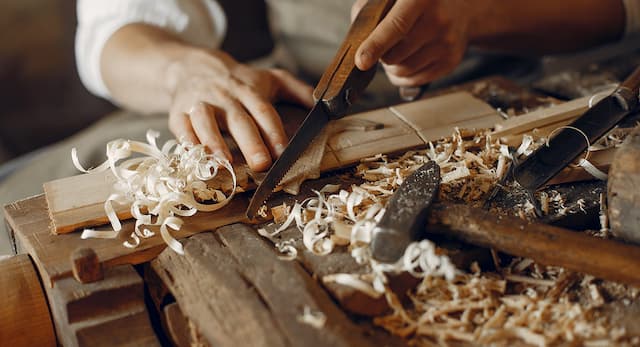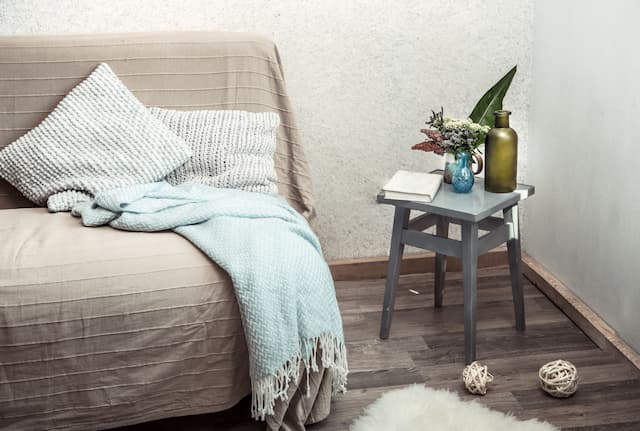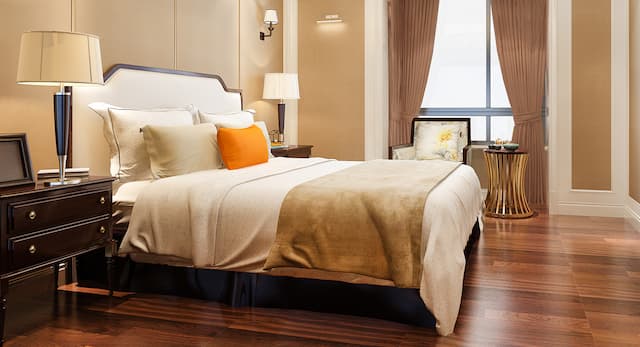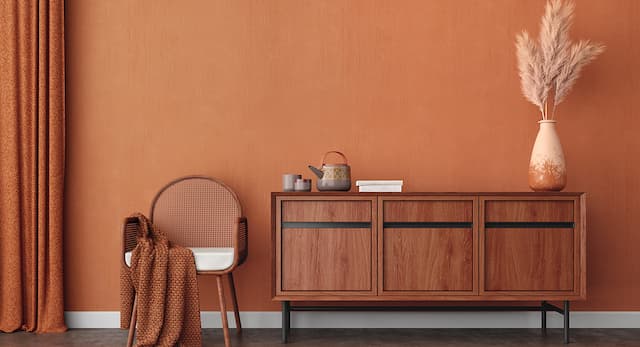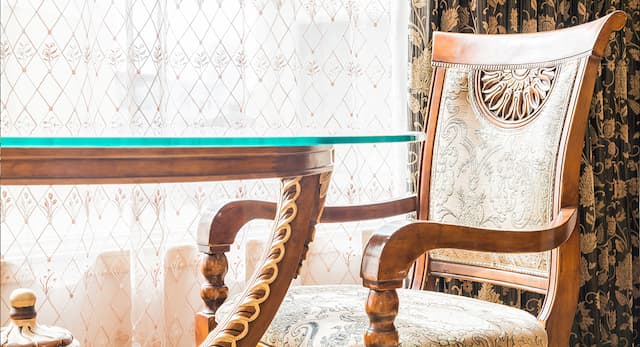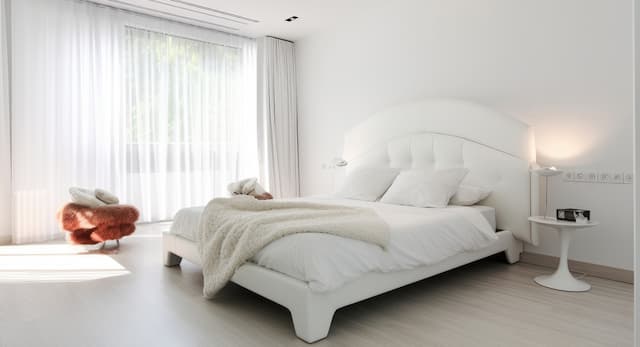Loose Furniture: Manufacturing, Materials & Uses in 2024
Loose furniture refers to standalone furniture pieces that are not built-in or fixed to the architectural structure.
This free-standing, movable furniture allows for flexible room arrangements to suit changing needs and tastes.
From armchairs, tables, and beds to storage units, desks, and shelves, loose furniture is a mainstay in homes and offices.
Loose furniture remains in high demand as the market is driven by factors like urbanization, smaller living spaces, and the desire for multi-functional furnishings. It’s likely that the demand for loose furnishings will continue in 2024 and behind.
Manufacturing of Loose Furniture

The manufacturing process for loose furniture varies by material and type of piece, but generally involves the following key steps:
1. Design
Factors like intended use, size, style, and material are mapped out first. Design software creates technical drawings with details.
2. Prototyping
A sample piece is built to test the design, make any adjustments, and finalize technical specifications.
3. Material Preparation
Raw materials like wood, metal, glass, fabrics, etc. are procured and cut to the required dimensions.
4. Component Fabrication
Individual furniture parts are fabricated based on the specifications. This includes cutting, bending, molding, etc.
5. Pre-assembly
Components are put together for sub-assemblies like drawer units, seat cushions, and cabinet boxes using the tools of joinery.
6. Final Assembly
The pre-assembled units plus any remaining parts are joined together to complete the furniture piece.
7. Finishing
The final product is sanded, painted, stained, or otherwise finished per design.
8. Quality Control
Each piece is inspected to ensure it meets quality criteria before packaging for shipment.
Materials Needed for Loose Furniture

The chosen materials dictate the manufacturing process, lifetime, pricing, and look of the final furniture product. Loose furniture is constructed from a range of materials, most commonly:
- Wood: Solid wood like oak, maple, mahogany, teak, etc., or wood composites are used across furniture types. Desired for strength, beauty, and versatility.
- Metal: Steel, aluminum and wrought iron add a modern, industrial style. Provides sturdiness and sculptural forms.
- Plastics: Durable, affordable plastics and polymer composites are used for budget furnishings and outdoor pieces.
- Glass: Adds a glamorous touch. Used for tabletops, shelving, and cabinets. Tempered for safety.
- Fabrics: Upholstery fabrics like cotton, linen, microfiber, and leather. Provide comfort and style.
- Cushioning: Foam, batting, springs. Determine softness and structural support.
- Stone: Natural stones and engineered composites give solidity and elegance. Popular for tables.
Uses of Loose Furniture
The portability of loose furniture allows buyers to easily modify layouts, move pieces between rooms, and adapt as needs evolve over time.
From private living spaces to public establishments, loose furniture caters to diverse needs, including:
- Seating: Chairs, stools, benches, and sofas for leisure, working and dining needs. The seating is a core loose furniture category and relates to most furniture brands.
- Storage: This includes bookcases, cabinets, chests, and wardrobes. This helps keep spaces organized while adding style.
- Sleeping: This category includes beds, bunk beds, cots, and daybeds for bedroom or guest room use. Many design options are available for sleeping furniture.
- Working: Desks, computer tables, and office chairs are some examples. It’s not a surprise for loose furniture to help create dedicated home office areas.
- Dining: Tables, dining chairs, and bar stools for the kitchen fall under this category.
- Decor: Accent tables, shelves, ottomans, etc. can complete room designs.
Varieties of Loose Furniture
With limitless style and function combinations across price points, consumers can find well-made loose furniture to express personal taste and serve any room's purposes.
Numerous varieties exist within each loose furniture category, differentiated by:
- Style: Traditional, modern, industrial, mid-century modern and other aesthetics.
- Construction: Material used, build quality, and joinery methods impact the durability of loose furniture.
- Features: Loose furniture can be convertible/multi-functional pieces, and many have storage capacity.
- Customization: Bespoke pieces offer personalized sizes, materials, and styling.
- Outdoor: Some pieces are made of weather-resistant materials for patio, garden, and poolside areas in luxurious villas.
- Kids: Some loose furniture comes with Fun, safe designs that suit children’s needs.
- Accessories: Decorative objects like mirrors, clocks, vases, and lighting could be added to some pieces.
Cost of Loose Furniture
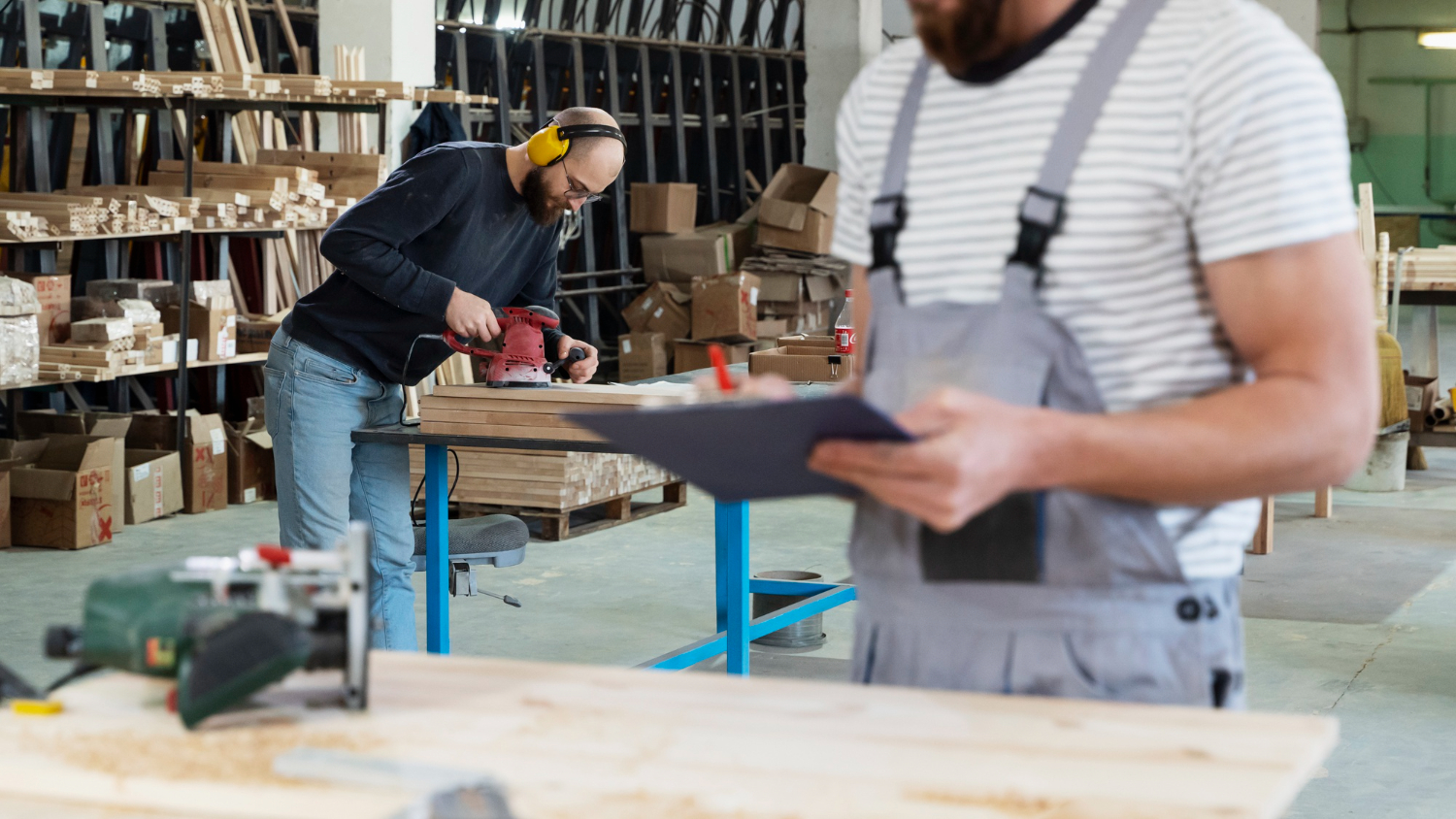
While inexpensive ready-to-assemble furniture runs from 50 to 700 US dollars for an entire room set, customized handmade wood pieces by expert craftsmen can surpass 10,000 US dollars per item. Most quality, brand-name furniture ranges between 500 and 3,000 US dollars per piece.
Careful shopping allows finding attractive, durable loose furniture on almost any budget. Pricing for loose furniture varies greatly depending on:
- Materials: Higher-end wood, leather, and stone cost more than mass-produced plastics and plywood.
- Construction: Handcrafted joinery works and structural reinforcement add to the cost versus machine-made budget pieces.
- Brand: Recognized designer brands or retailers mark up prices substantially over non-branded furniture.
- Features: More complex designs, customizable elements, and integrated storage raise prices.
- Shipping: Large, heavy pieces incur higher delivery costs.
- Sales: List prices can be reduced substantially during promotions and clearance sales.
Final Thought
Loose furniture offers the flexibility to curate living and working spaces to suit ever-changing needs while showcasing personal style.
Advancements in materials and manufacturing continue to make well-designed pieces more accessible at a full spectrum of price points.
The global loose furniture market is projected to grow steadily in the coming years as smaller living spaces drive demand for multi-functional and portable furnishings.
Consumers have an immense variety of options when selecting loose furniture to serve both aesthetic and practical purposes in the home or office.
PARTENZA provides both loose and joinery furniture to hotels, restaurants, and corporate offices. Contact us now to explore our latest products and solutions.
Frequently Asked Questions
What Are the Pros and Cons of Buying Assembled Vs. Ready-To-Assemble Loose Furniture?
Assembled furniture is ready to use immediately but costs more. RTA furniture must be assembled but is affordable. Consider tradeoffs in effort, skill, and price.
How Can You Determine the Quality of Materials and Construction for Loose Furniture?
Examine in person when possible. High-quality wood has consistent grains and smooth surfaces. Joinery and reinforcement should be firmly connected and durable looking.
What Are Good Strategies for Buying Discounted Loose Furniture?
Look for sales around holidays and clearance events. Also check secondhand stores, thrift shops, vintage dealers, and liquidators. Try negotiating at independently owned stores too.
How Much Loose Furniture Is Needed for the Average Home?
A 2-bedroom home may need 15-30 loose furniture pieces for living, dining, bedroom, home office, and outdoor use. Larger homes require more furnishings.
What Are the Pros and Cons of Custom-Made Loose Furniture?
Custom furniture offers personalized style and functionality for unique spaces but costs substantially more and has longer lead times vs readymade options.
How Can You Incorporate Kids Loose Furniture Across Age Ranges and Gender Preferences?
Choose non-toxic materials suitable for young kids. Include colors/themes teens and young adults will appreciate. Multifunctional pieces have adapted over the years.

